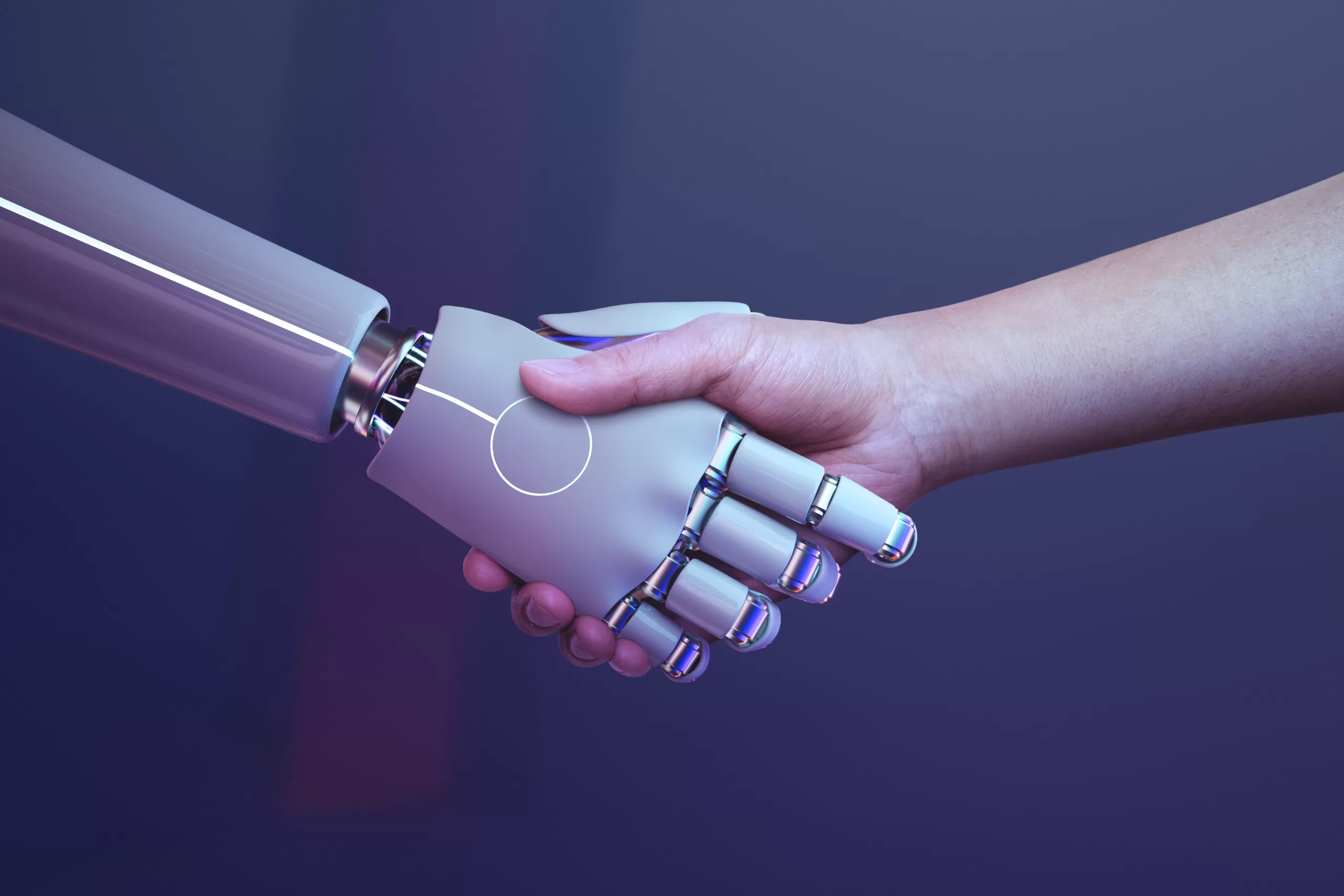As artificial intelligence (AI) continues to advance at an unprecedented pace, the question of its impact on the job market looms large. While concerns about job automation are prevalent, experts suggest that a nuanced perspective is essential to understanding the intricate relationship between AI and employment.
Artificial intelligence (AI) stands out as a transformative force, raising questions about its profound impact on the job market and the very nature of work. As we delve into the intricate relationship between AI and employment, a nuanced perspective emerges, challenging preconceived notions and paving the way for a future where human potential and machine intelligence collaborate in unprecedented ways.
Job Automation: Beyond the Surface
At the forefront of AI discussions is the looming concern of job automation. It is undeniable that AI has the capacity to automate routine and repetitive tasks across various industries. The assembly lines of the future might be manned by machines, and data analysis could become a realm dominated by algorithms. However, a closer inspection reveals that the narrative of widespread job replacement oversimplifies a complex reality.
Jobs tethered to predictable and rule-based activities are undeniably more susceptible to automation. Tasks that follow a prescribed set of rules or involve repetitive actions can be efficiently executed by AI systems. This includes roles in manufacturing, data entry, and customer service, among others. The challenge lies in balancing the advantages of automation with the potential societal impacts, such as job displacement.
The Rise of New Opportunities: A Shifting Landscape
Contrary to the apocalyptic vision of widespread job loss, the integration of AI into the workforce has the potential to create new and previously unforeseen opportunities. Emerging roles in AI development, ethical oversight, and maintenance form the vanguard of the evolving job landscape. As AI takes over mundane and repetitive tasks, humans are presented with the opportunity to redirect their efforts toward more complex, creative, and strategic aspects of their work.
Consider, for instance, the field of AI development itself. The demand for skilled professionals who can design, implement, and maintain AI systems is skyrocketing. Ethical considerations surrounding AI raise the need for specialists who can ensure responsible and unbiased use of these technologies. The landscape of employment is not merely shifting; it is expanding to encompass roles that were once confined to the realm of science fiction.
Human-AI Collaboration: A Symbiotic Relationship
Rather than painting a future where AI completely replaces human workers, a more plausible scenario involves collaboration between humans and AI. This collaborative model envisions AI as a tool that augments human capabilities rather than a substitute. By leveraging the strengths of both entities, industries can achieve unprecedented levels of productivity and innovation.
Human-AI collaboration is already evident in various sectors. In healthcare, AI assists doctors in diagnosing diseases by analyzing medical images and data, allowing for quicker and more accurate assessments. In manufacturing, collaborative robots, or cobots, work alongside human workers to enhance efficiency and safety. This symbiotic relationship acknowledges the unique qualities each brings to the table, creating a synergy that propels industries forward.
Skills of the Future: Adapting to the Technological Landscape
As the job market undergoes transformation, individuals are presented with the imperative to develop skills that complement AI capabilities. While AI excels at tasks involving data analysis, pattern recognition, and computation, certain human skills remain unparalleled. Critical thinking, creativity, emotional intelligence, and complex problem-solving are among the attributes that define the essence of humanity.
Educational institutions and employers alike are recognizing the importance of cultivating a workforce equipped to adapt to the changing technological landscape. The emphasis on STEM (Science, Technology, Engineering, and Mathematics) education is expanding to include a focus on soft skills, ensuring that individuals possess a well-rounded skill set that aligns with the demands of the future job market.
Responsible Development and Workforce Planning: Charting the Course
As we navigate the uncharted waters of AI integration, responsible development and thoughtful workforce planning emerge as crucial elements. Governments, businesses, and educational institutions must collaborate to ensure a smooth transition, providing training and support for workers to acquire the skills necessary for the jobs of the future.
Responsible AI development involves addressing concerns such as bias in algorithms, transparency in decision-making processes, and ethical considerations. As AI becomes an integral part of various industries, establishing guidelines and frameworks that prioritize fairness, accountability, and transparency is paramount.
Workforce planning goes beyond retraining initiatives. It involves anticipating the evolving needs of industries and proactively preparing the workforce for these changes. This might include developing apprenticeship programs, fostering a culture of continuous learning, and creating pathways for individuals to transition between industries.
In conclusion
The impact of AI on jobs is a multifaceted issue, demanding a comprehensive and adaptive approach. The narrative extends beyond job displacement to encompass the transformative potential of AI in shaping a workforce that is both technologically adept and uniquely human. As we stand at the crossroads of technological evolution, the choices we make today will define the landscape of employment for generations to come. Embracing the opportunities presented by AI while navigating its challenges will be the key to unlocking a future where human ingenuity and artificial intelligence coalesce in unprecedented ways.

